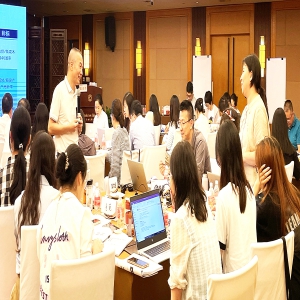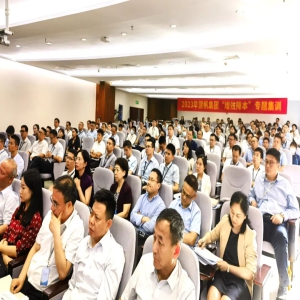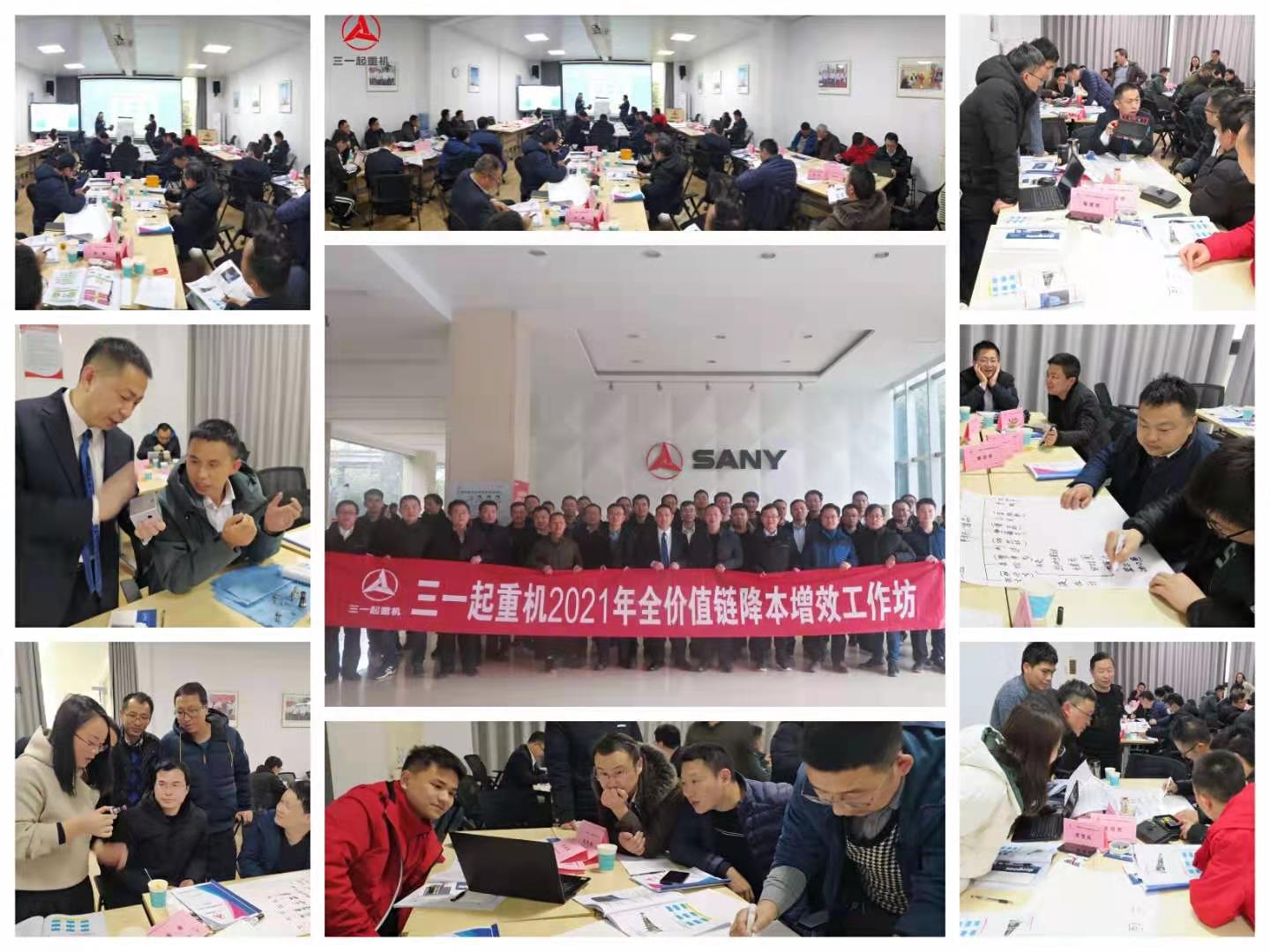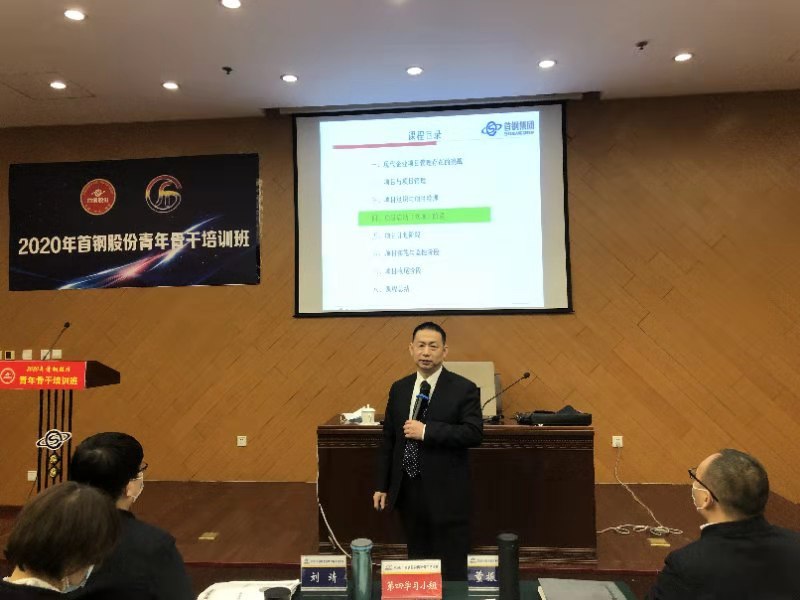采购物流
供应链管理实务
参加对象:供应链部门如计划、采购、生产、客户服务和物流部门的运作人员;参与供应链运营的跨部门成员,如质量、成本和客户需求管理部门的运作人员公开课编号
GKK7239
主讲老师
资深讲师
参加费用
6990元
课时安排
3天
近期开课时间
2015-07-13
举办地址
加载中...
- 开课地址: 开课时间:
电话:010-68630945/18610481046 联系人:尹老师
公开课大纲
1.供应链概述
对价值链、供应链和供应链管理的认识
了解供应链管理的主要挑战
2.交叉跨部门团队合作制胜
企业内部供应链及链上各环节间的衔接和协调
供应链职能部门和交叉跨部门的目标、职责、权力和责任
管理供应链的动态性和复杂性
管理跨公司、跨部门目标利益的冲突
3.管理供应链内流动的三大基本流
三大基本流相互作用和影响
有效管理三大流的跨部门“轨道系统” 、 “指挥系统” 、“控制系统”
4.一切源自需求
需求模式与不确定性
需求的不确定性对内部运营和成本的影响
管理预测的输入, 预见不确定性, 应对不确定性
预测需求和完善需求的方法
5.协调需求和供应的平衡, 决策过程
对前期业绩的测量和评估
预见未来市场的需求
平衡外部需求与内部供应资源的能力, 发现供应的瓶颈和制约
去除供应瓶颈和制约 vs. 重塑外部需求
评估、协调、平衡、决策
6.供应计划系统的持续改善
管理和改善计划的输入要素
设置关键监控点, 提升计划实施的质量
实施需求预测 vs. 实际销售与 生产供应 vs. 库存的动态监控
计划系统持续改善的领域
7.采购供应系统的持续改善
设置关键监控点, 提升采购供应计划实施的质量
日常供应商不符合性的管理
应急采购系统
8.生产制造系统的持续改善
生产计划实施,变更的管理
生产计划有效实施的保障
9.客户服务
客户定位与差异化管理
客户订单、延迟订单的管理
客户投诉的处置
10.物流服务
渠道策略对物流配送网络建立的影响
物流成本的控制方法
11.考核与改善
供应链管理业绩考核与月报
供应链管理的持续改善
1. Supply chain overview
Understanding value chain, supply chain and SCM
Understanding main challenges of SCM
2. Winning through cross functional cooperations
Internal SC in the company and coordination between various sectors of supply chain
Objectives, responsibilities and authorization of supply chain functions and cross-functions
Management of the supply chain dynamics & complexity
Managing interests conflicts in cross-company/department
3. Managing three basic flows in SCM
Role of three basic flows and their influences
Operation system, management system and information system to manage three flows
4. All driven by in - market demand
Demand patterns and uncertainty
Demand impact on internal operations and operation cost
Managing demand input, predicting and dealing with uncertainty
Methods to manage and improve in-market demand forecast
5. Demand and supply balance
The measurement and evaluation of demand performance
Anticipating future market needs
Balancing external demand and internal supply capabilities, exploring supply bottlenecks and constraints
Removing supply bottlenecks and constraints vs. remodeling external demand
Evaluation, coordination, balance, decision-making
6. Continuous improvement of supply planning system
Management and improvement of plan input elements
Setting control points, improving implementation quality of supply plan
Dynamic monitoring actual sales, inventory and supply
Continuous improvement of supply planning system
7.Continuous improvement of material supply system
Setting the key control points, enhancing implementation quality of purchasing plan
Non - conformance management of suppliers
Emergency procurement system
8. Continuous improvement of manufacturing system
Managing the change of production plan
Securing continuous production
9. Customer services
Customer categorization and service differentiation
Management of customers’ orders and backlog orders
Handling customers’ complaints effectively
10. Logistics services
Channel strategies’ impact on the establishment of logistics and distribution network
Managing and controlling logistics cost
11. Performance measurement and continuous improvement
SCM KPI measures
PDCA in SCM
对价值链、供应链和供应链管理的认识
了解供应链管理的主要挑战
2.交叉跨部门团队合作制胜
企业内部供应链及链上各环节间的衔接和协调
供应链职能部门和交叉跨部门的目标、职责、权力和责任
管理供应链的动态性和复杂性
管理跨公司、跨部门目标利益的冲突
3.管理供应链内流动的三大基本流
三大基本流相互作用和影响
有效管理三大流的跨部门“轨道系统” 、 “指挥系统” 、“控制系统”
4.一切源自需求
需求模式与不确定性
需求的不确定性对内部运营和成本的影响
管理预测的输入, 预见不确定性, 应对不确定性
预测需求和完善需求的方法
5.协调需求和供应的平衡, 决策过程
对前期业绩的测量和评估
预见未来市场的需求
平衡外部需求与内部供应资源的能力, 发现供应的瓶颈和制约
去除供应瓶颈和制约 vs. 重塑外部需求
评估、协调、平衡、决策
6.供应计划系统的持续改善
管理和改善计划的输入要素
设置关键监控点, 提升计划实施的质量
实施需求预测 vs. 实际销售与 生产供应 vs. 库存的动态监控
计划系统持续改善的领域
7.采购供应系统的持续改善
设置关键监控点, 提升采购供应计划实施的质量
日常供应商不符合性的管理
应急采购系统
8.生产制造系统的持续改善
生产计划实施,变更的管理
生产计划有效实施的保障
9.客户服务
客户定位与差异化管理
客户订单、延迟订单的管理
客户投诉的处置
10.物流服务
渠道策略对物流配送网络建立的影响
物流成本的控制方法
11.考核与改善
供应链管理业绩考核与月报
供应链管理的持续改善
1. Supply chain overview
Understanding value chain, supply chain and SCM
Understanding main challenges of SCM
2. Winning through cross functional cooperations
Internal SC in the company and coordination between various sectors of supply chain
Objectives, responsibilities and authorization of supply chain functions and cross-functions
Management of the supply chain dynamics & complexity
Managing interests conflicts in cross-company/department
3. Managing three basic flows in SCM
Role of three basic flows and their influences
Operation system, management system and information system to manage three flows
4. All driven by in - market demand
Demand patterns and uncertainty
Demand impact on internal operations and operation cost
Managing demand input, predicting and dealing with uncertainty
Methods to manage and improve in-market demand forecast
5. Demand and supply balance
The measurement and evaluation of demand performance
Anticipating future market needs
Balancing external demand and internal supply capabilities, exploring supply bottlenecks and constraints
Removing supply bottlenecks and constraints vs. remodeling external demand
Evaluation, coordination, balance, decision-making
6. Continuous improvement of supply planning system
Management and improvement of plan input elements
Setting control points, improving implementation quality of supply plan
Dynamic monitoring actual sales, inventory and supply
Continuous improvement of supply planning system
7.Continuous improvement of material supply system
Setting the key control points, enhancing implementation quality of purchasing plan
Non - conformance management of suppliers
Emergency procurement system
8. Continuous improvement of manufacturing system
Managing the change of production plan
Securing continuous production
9. Customer services
Customer categorization and service differentiation
Management of customers’ orders and backlog orders
Handling customers’ complaints effectively
10. Logistics services
Channel strategies’ impact on the establishment of logistics and distribution network
Managing and controlling logistics cost
11. Performance measurement and continuous improvement
SCM KPI measures
PDCA in SCM
培训现场
讲师培训公告
讲师管理文库
- 企业到公司化阶段后,老板要从关注事向关注人转变
- 某电信企业员工职业化项目纪实
- 某商业银行EVA考核模式设计项目纪实
- 管理企业不难---管理思想摘录
- 成功者离不开第4个医生
- OD落伍了,OD2.0来了
- 中层的责任与担当
- 如何做好员工管理
- 赢在协同:如何高效联动与无缝对接
- 问题解决力 ——问题的分析与解决






